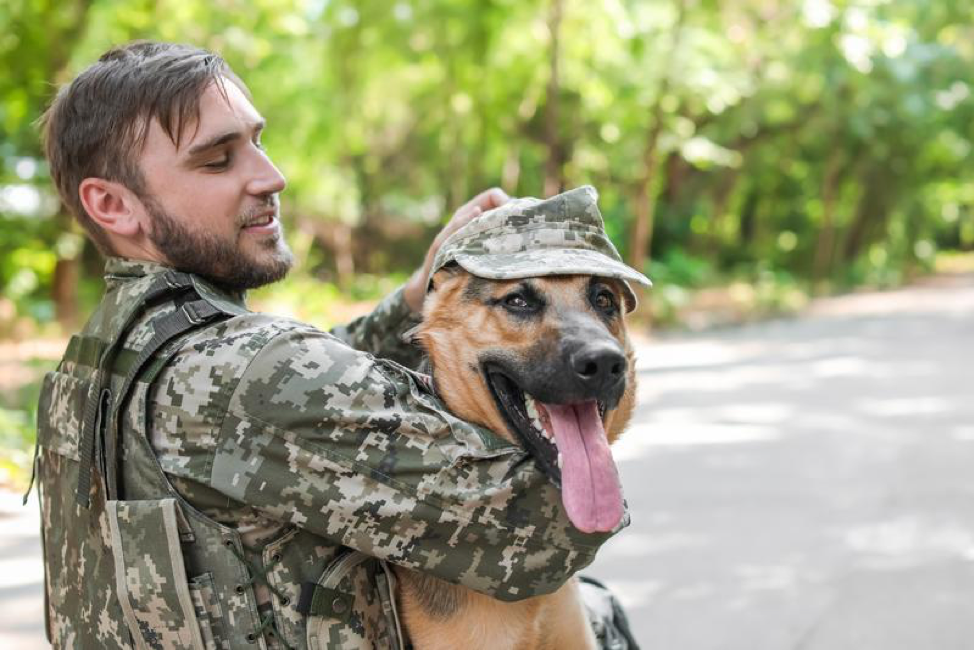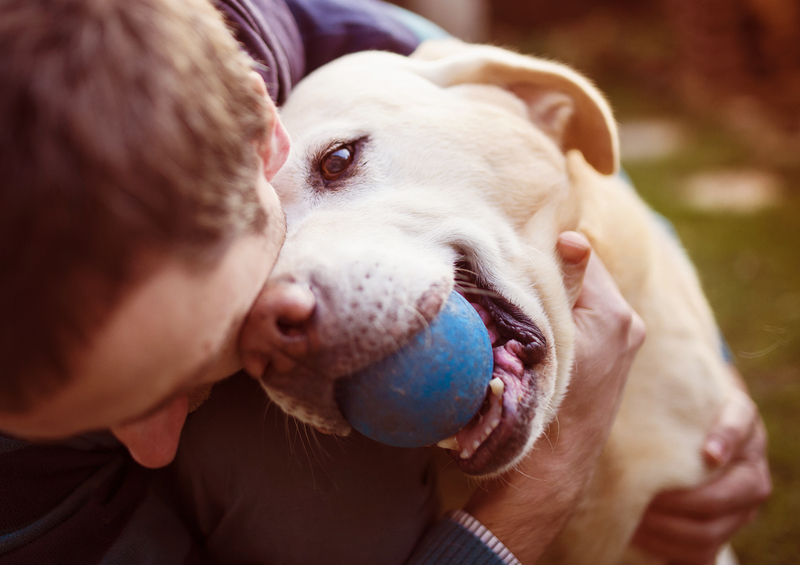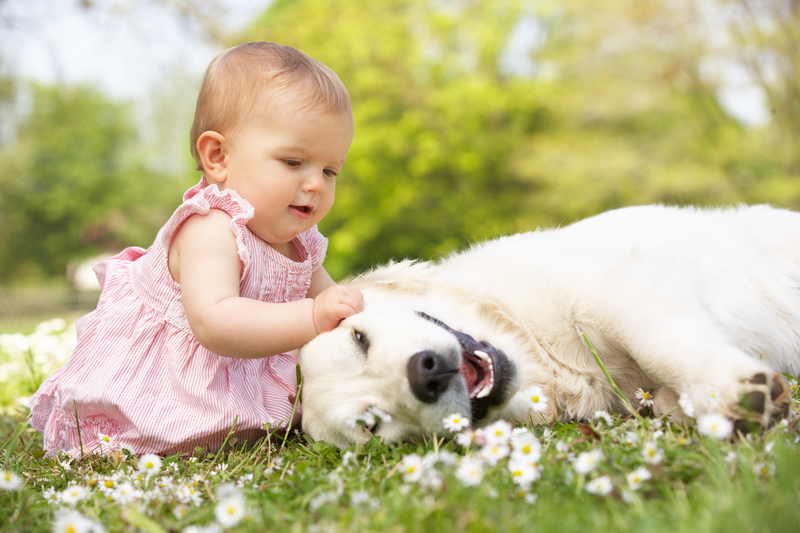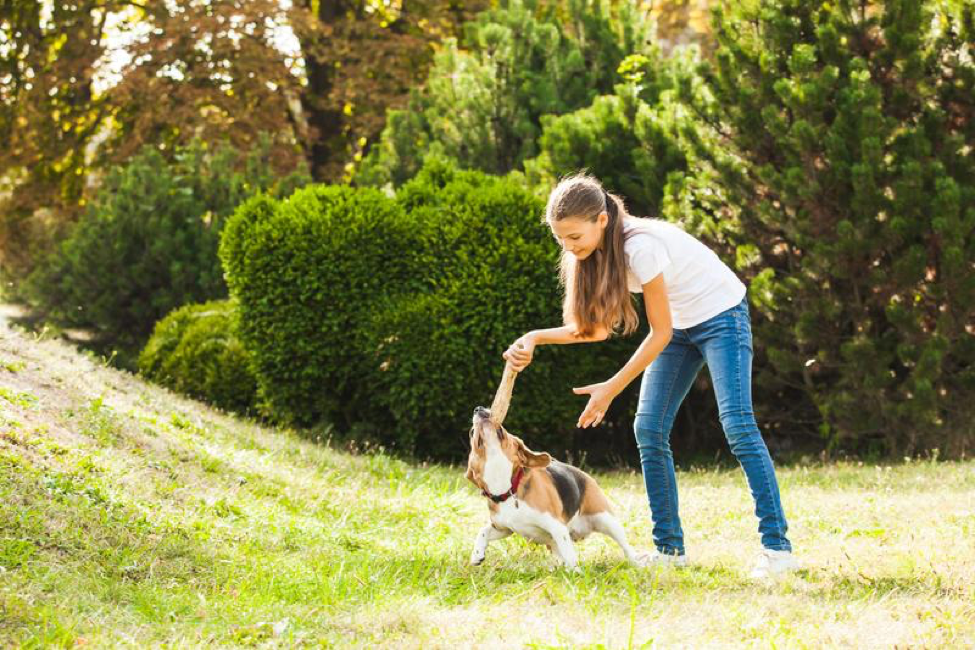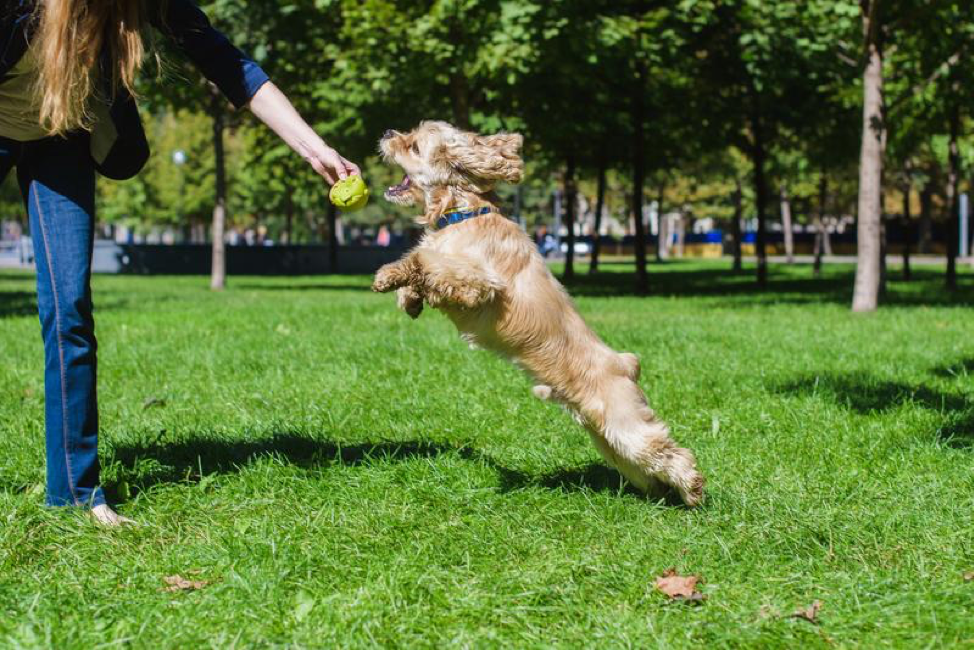5 Things You Never Knew About Military Dogs
The canine heroes of the military are trained to keep U.S. soldiers safe. Military dogs in the modern undergo vigorous training to be able to find bombs, various substances, track humans, and attack in emergencies. Here are five things you may have never known about the brave military dogs that help keep our country safe.
Military Dogs Have a Long History
The official use of military dogs dates back to the Civil War. Dogs have been seen in combat in some of the earliest battles of the United States. According to Low VA Loan Rates, “military dogs were used in the Seminole War, Civil War, Spanish-American War, and both World Wars.” Canine soldiers were first used to send messages efficiently and effectively. Due to their intelligence and keen tracking abilities, dogs were a perfect way to easily carry information. Today, dogs have even more advanced training to perform specific tasks.
Crunching the Numbers on Military Dogs
You may have known about the United States using canines to help troops overseas, but you might not know just how many dogs the nation currently used. There are approximately 2,500 dogs serving in the U.S. military today, according to National Geographic. At any time, 700 dogs can be found serving in destinations abroad.
Honoring Military Dogs
Military war dogs and the canine heroes of the military can receive honors just like our human military heroes. A decorated war dog named Chips was used in World War II to serve as a sentry dog. Inside Edition explains, his heroism was honored with a Purple Heart and Silver Star among other honors. Chips saw combat all over Europe and even visited North Africa.
A Home For Every Hero
In the event a military war dog has reached the age of retirement, they are often offered to be adopted by their handler. If a handler isn’t able to adopt their canine hero, the Department of Defense has a program designed to find a suitable home. 1,312 canine heroes have been awarded for their service by finding loving homes. 252 dogs went on to have another career with the police after their service in the military.
Not Everyone Makes The Cut
The military has a rigorous selection process for its human troops. Dogs must undergo a similar selection process. CertaPet explains that only about 50% of dogs make it through the training. In order to be a military dog, a canine must be able to perform a variety of different tasks. They also must have a very acute sense of smell and be able to take direction well. Dogs must be able to handle stress well and be able to take orders. One of the nice things about adopting a dog that didn’t make the cut is that not only are they house trained and taught other basic commands, but they are usually fully trained in a list of helpful activities including: noticing when something is wrong, reacting to dangerous situation like fires or natural disasters, and protecting your family.
Not only can adopting a dog help the dog feel loved and welcomed into your home, but it can be a wonderful companion for you and your family! For more great articles like this one, check out our blog!


